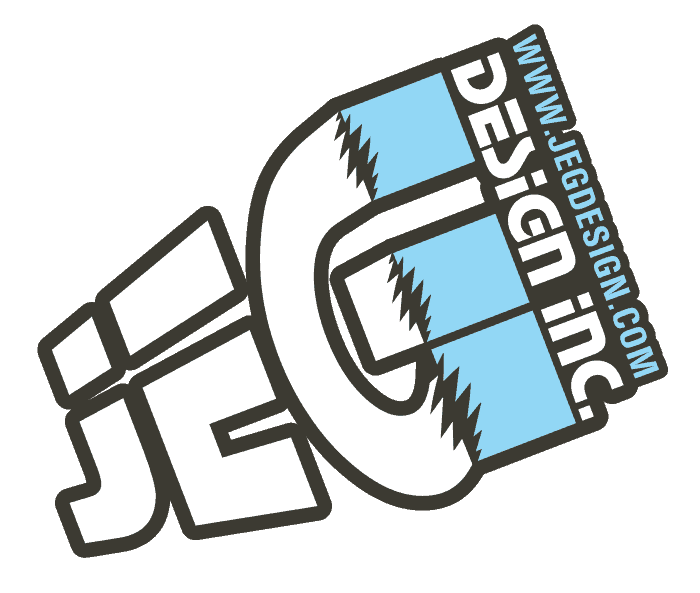“S%$t just got real.” — Detective Marcus Burnett, Bad Boys 2
Taking nothing and turning it into something is horrifying. Ask any artist. No matter the flavor or function — an idea is perfect until you write it down. Once you do, it’s awful. You see all of its zits. There are flaws in the premise. There is no possible way it could be as great as imagined. But it could also exceed the grandest of expectations.
The idea became real. And this is the point of the Prototype phase.
Up to now, we’ve met with the client to get a feel for who they are and what they do. Why? To Empathize.
After this, we defined precisely what the client’s greatest needs are. Why? To Define.
Then we brainstormed as many ideas as possible. No matter how outrageous or outlandish. Why? To Ideate.
Today, we take the three juiciest ideas and create something tangible — a Prototype.
In this piece, we will outline:
- WHAT a Prototype is
- WHY create a Prototype
- HOW to create a Prototype
We are closing with the transition from the Prototype to the final installment of the Hasso Plattner Institute of Design’s Design Thinking Process — the Test Phase.
Before we start, we need to have an attitude — enough talk, time to do! So, let’s do!
What is a Prototype?
Okay, I have to ask — am I the only one who thinks of the movie RoboCop when I hear the word Prototype? Sorry (not sorry), had to ask.
In the previous post, Ideation created as many ideas as you and your team could manufacture. Ultimately leading to picking the top ones to execute. Whatever you produce from those ideas is your Prototype.
A prototype can be anything that a user can interact with. It can be as sleek as a nifty gadget or as simple as index cards thumb-tacked into a cork board. Your prototype just needs to tell the story you’re trying to convey. Is it solving the problem of a person with a cracked pipe via your revolutionary putty? Or perhaps your instant service assuring repairs within the hour? Whatever the case, it needs to take the consumer by the hand and take them on the journey you clarified during the Define phase.
But why?
Why create a Prototype?
Remember earlier when I mentioned the covered-up acne an idea possesses until it’s exposed? This is precisely why you Prototype.
- When an idea becomes real, it can now have the problems seen, acknowledged, and hopefully addressed.
- When an idea becomes real, it’s discussed. It’s stared at and analyzed, and scrutinized, and modified.
- When an idea becomes real, you can show it to the consumer and see what they have to say. (Yes, this has the potential to be as awful as it sounds. And it can be just as potentially exhilarating when you see their reaction.)
- When an idea becomes real, if done early enough as is suggested — it permits you to fail as inexpensively as you possibly can.
- And when an idea becomes real, you can focus on the finer details. If there is a section in a process that’s a little stiff or a faulty mechanism that can’t help but not work — creating the Prototype will expose this with a highlight marker as bright as the Sun—allowing you to create a crackerjack squad to tackle it. Now though, thanks to your prototype — you have a clearer picture as to what needs repair.
But how?
How to create a Prototype?
Welcome to the ambiguous portion of the program. Why? Because it is entirely based on whatever it is that you’re doing. Just note these essential benchmarks:
- Start. Earlier, we mentioned how this was enough talk and time to do. Well, this is the number one theme. Ideas come, and ideas go. But only until you start to build does that idea actually become a thing.
- Don’t take long working on it. If paralysis by analysis can impede the starting of the project — it can just as quickly curtail the growth of the Prototype. And remember, this isn’t the only Prototype you’re creating here. You need to move on to the next idea because that’s why we grabbed the top three!
- Identify the question being answered. What solution does this prototype provide? What are we specifically looking at here when testing said prototype? In other words, you’re identifying the variable.
- And last, and certainly not least — build with the end-user in mind. They are why you’re doing all of this. So create a Prototype that embodies that. If not, then what are we doing here, folks?
Okay, so what do we do next?
Transitioning to the Test Phase
The transition to the Test Phase, in reality, isn’t much of a transition at all. Throughout the Prototype phase, you’ve been running tests to see what works and what doesn’t. But what you need to determine is what the consumer thinks. Honest to God feedback. Ya, this is when shit really gets real.
And how do you acquire such feedback?
To be continued…
Oh, and if you have any questions about the Design Thinking Process straight from a web and graphic designer — contact JEG
DESIGN INC for your free consultation!
— —
Written by Keith Hannigan. Keith is the co-owner and Chief Writer at SBI Content Creation LLC. SBI Content Creation is a content writing company just outside of Atlanta, Georgia.



